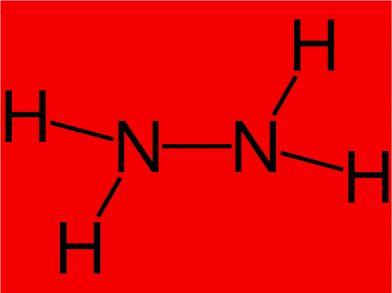Jinping Liu, Yuanyuan Li, Jian Jiang, and Xintang Huang, China, have developed an efficient and stable sensor for the toxic industrial chemical hydrazine using carbon-coated zinc nanorods.
A novel electrochemical sensor for the neurotoxic and carcinogenic industrial chemical, hydrazine, based on an array of graphite-coated zinc oxide nanorods has been developed. The array is fabricated on an inert alloy substrate modified with carbon by a simple immersion-calcination route, the developers explain.
The sensor can detect hydrazine at concentrations as low as 0.1 micromolar because of a synergistic effect between the carbon layer and the nanorod array. This boosts the electrocatalytic activity of the zinc oxide and promotes electron transport along the one-dimensional pathway.
- C@ZnO nanorod array-based hydrazine electrochemical sensor with improvedsensitivity and stability,
J. Liu, Y. Li, Jian Jiang, X. Huang,
Dalton Trans. 2010, online.
DOI: 10.1039/c0dt00258e



